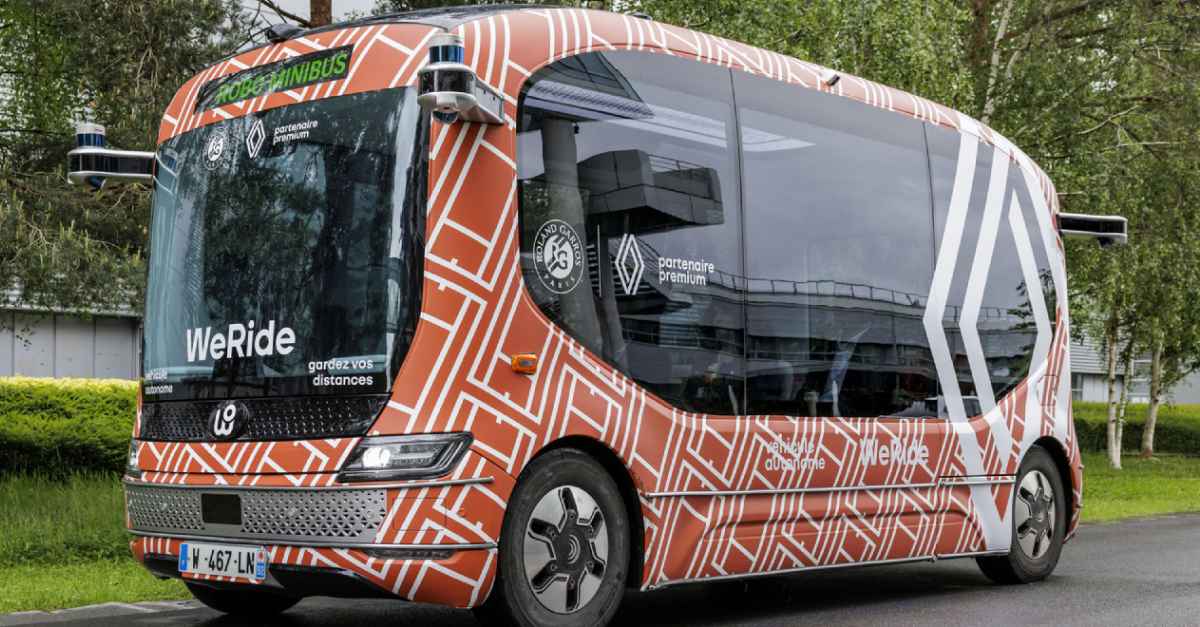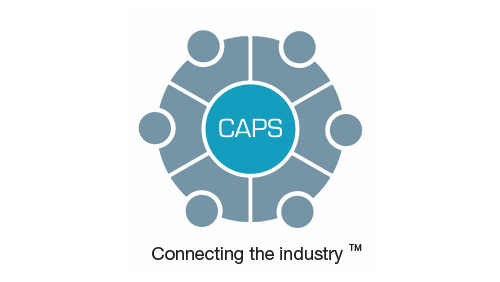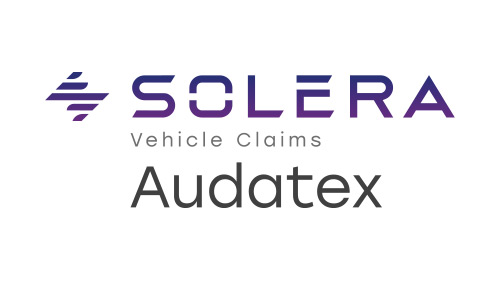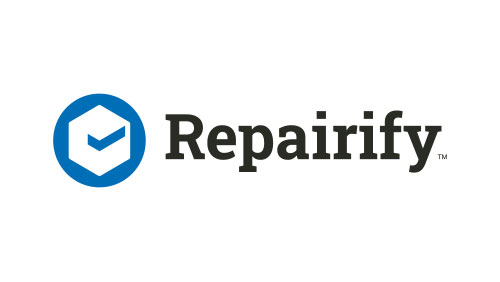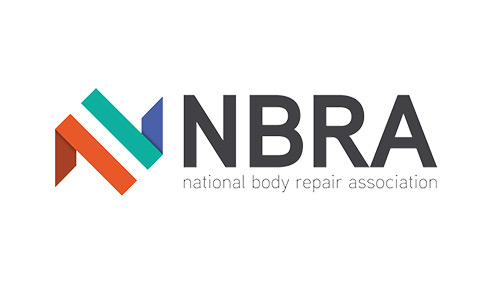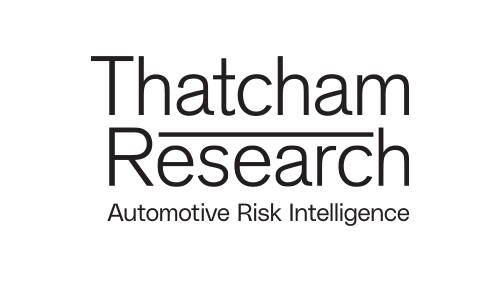A realistic strategy for passenger autonomous cars.
There are six levels of autonomous driving, which depend on the extent to which the automation system requires the driver’s input. They range from 0 (no automation) to 5 (no input). In the case of passenger cars, Renault Group has chosen to concentrate its efforts on Level 2 automation, notably with Active Driver Assist.
This system, which is available on most Renault range vehicles, includes contextual adaptive cruise control, i.e. Adaptive Cruise Control plus Lane Keeping Assist and geolocation data interfacing with mapping data. The vehicle, as a result, adapts predictively to the road’s configuration and speed limit, based on combined data from its front camera and maps.
The next level – where the driver could release the steering wheel and do something else while the car drives itself – is not a priority in the near term.
Over the coming years, the recipe will remain the same: Renault will continue to build vehicles with market-leading driver assistance systems to make mobility ever safer and more enjoyable. Their electric and electronic architecture will remain scalable, so the Group will be able to add autonomous driving features if technological breakthroughs enable them and customer expectations warrant them.
To read the full article: click here.

